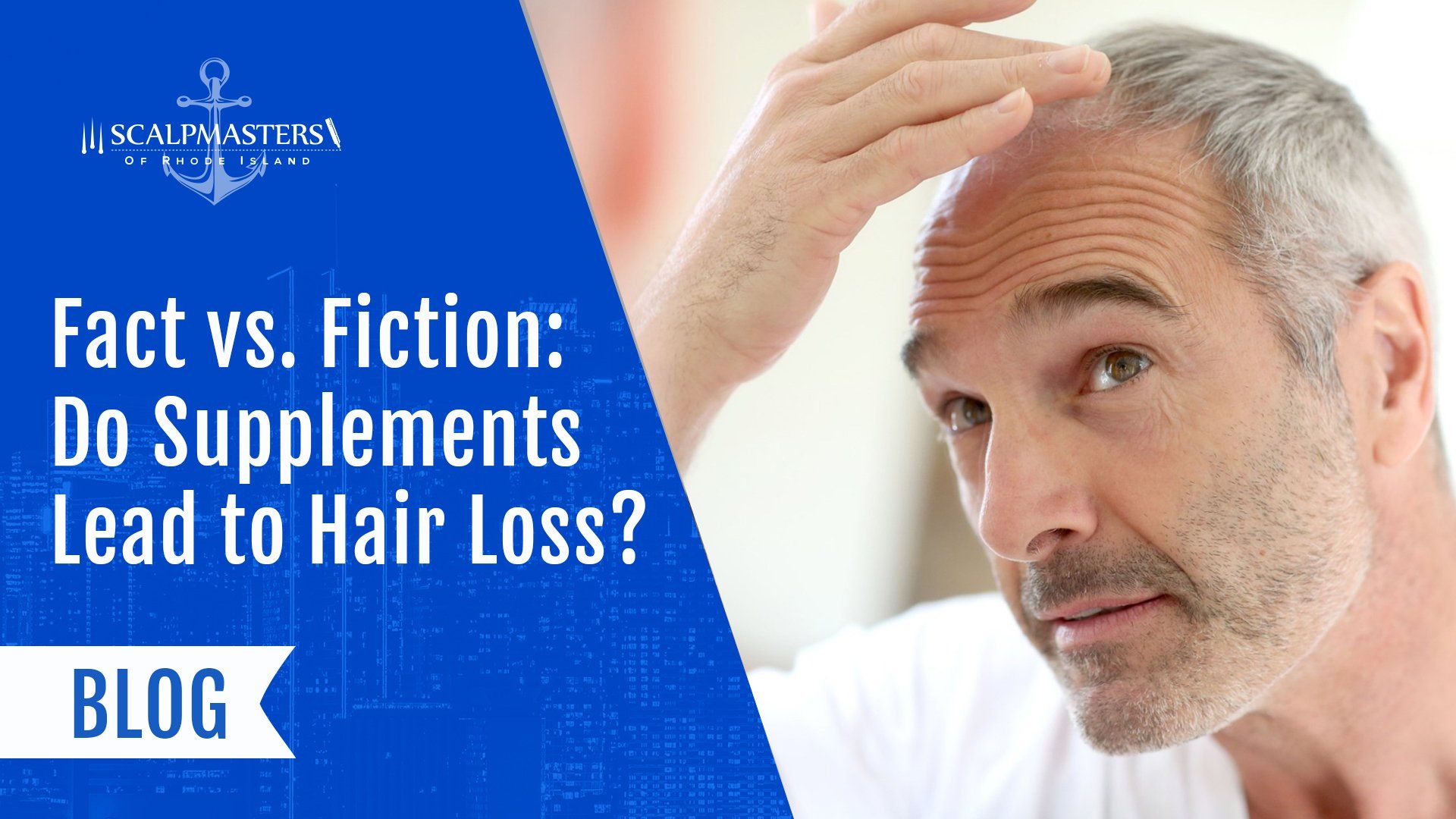Table Of Content

Though hair loss isn’t a medical emergency, it can be distressing, impacting self-esteem and mental health. However, certain medications and other therapies may help manage the problem, and some types resolve independently. This article discusses the symptoms and possible causes of alopecia and provides a quick breakdown of how it can be treated. Alopecia areata is an autoimmune condition that causes hair to fall out suddenly. The immune system attacks hair follicles, along with other healthy parts of the body. This is true for damaged hair follicles from too-tight hairstyles, damaged hair follicles from chemicals applied to the hair, and damages caused by certain autoimmune diseases.
Editorial Advisory Board Member, Harvard Health Publishing
If your hair loss results from medication, hormonal imbalances, thyroid disease or diet, your provider will address the cause. Correcting the underlying problem is often all that’s needed to help stop hair loss. Losing your hair — whether the hair loss is temporary or permanent — can be emotionally difficult for many people.
Common causes of hair loss
While at-home treatments offer convenience, a procedure performed by a board-certified dermatologist tends to be more effective. For this reason, your dermatologist may include one of the following in your treatment plan. At-home treatments offer convenience, and you can buy many of them without a prescription. Because studies show that the following can help, your dermatologist may include one (or more) in your at-home treatment plan. A treatment plan for hair loss may include one or more of the following. Once your dermatologist finds the cause(s), your dermatologist will tell you whether treatment is recommended.

What does normal hair growth look like?
According to Healthline, other common types of alopecia include traction alopecia, telogen effluvium, alopecia areata, central centrifugal cicatricial alopecia (CCCA), and lichen planopilaris (LPP). There are several types of alopecia, which are conditions involving partial or complete hair loss. Different types of alopecia have different causes, such as physiological or emotional stress, infection, chemotherapy, or excess hair tension.
Your provider will also ask about what medications or supplements you currently take. Because hair is constantly falling out and growing, hair loss often goes unnoticed. You're more likely to notice it when a lot of hair enters the resting phase at the same time or if hair roots become damaged during the growth process. Finasteride tends to be more effective if you begin taking it when you first notice hair loss.
The 10 Best Shampoos for Thinning Hair of 2024, Tested by Real People - PEOPLE
The 10 Best Shampoos for Thinning Hair of 2024, Tested by Real People.
Posted: Wed, 17 Apr 2024 07:00:00 GMT [source]
Normalizing mineral ion homeostasis prevents all these abnormalities, except alopecia. Hair regeneration experiments in athymic nude mice demonstrate that the lack of VDR in keratinocytes results in a defect in anagen initiation, similar to the one observed in mice without VDR. Although these studies show that expression of the VDR in keratinocytes is necessary, they do not prove that it is sufficient to maintain the normal hair cycle [66]. For androgenetic alopecia, your healthcare provider may indicate topical medications to help prevent further hair loss.
Other Autoimmune Diseases
You can lose hair during menopause as your estrogen and progesterone levels drop. Also, because hair follicles shrink during this time, your hair might be thinner, fall out easier, and grow more slowly. While male hair loss tends to affect the forehead or the crown of the head, female hair loss often leads to thinning on the top third to half of the scalp. Your part may gradually become wider, you might see more of your scalp when your hair is pulled back, or your ponytail could be less full. With an accurate diagnosis, many people who have hair loss can see hair regrowth.
Male pattern baldness typically involves progressive hair loss above the temples and thinning at the crown of the head, creating an “M” shape. Androgenetic alopecia can occur at any age after puberty, but it’s most common in postmenopausal women. Advancing age and a family history of the condition are two of the primary risk factors. Below, we’ll explore common causes of hair loss in women and the treatment options available.
Alopecia and types of alopecia
The cause of LPP is unclear, but scientists believe lichen planus may be responsible. Lichen planus may occur when certain triggers activate immune cells in the hair follicles. While hair loss isn’t itself dangerous, losing your hair is an emotional experience.
A dermatologist may also prescribe this medication to treat a woman who has hereditary hair loss and cannot get pregnant. After 12 weeks of treatment, the patients treated with minoxidil and microneedling had significantly more hair growth. While your hair may regrow on its own, your dermatologist may recommend treatment to help it grow more quickly. Sometimes, treatment is essential to prevent further hair loss. If your dermatologist suspects that the cause of your hair loss could be a disease, vitamin deficiency, hormone imbalance, or infection, you may need a blood test or scalp biopsy.
If a medication or disease is at the root, treatments focus on those. For anagen effluvium, caused by cancer treatment, there’s some evidence that cooling the scalp during chemotherapy may help preserve hair. Affecting men and women, alopecia areata occurs when the immune system mistakenly attacks hair follicles. This autoimmune disorder typically causes round, bald patches.
People with this type of hair loss may inherit certain genes that lead to excess androgen hormone production (e.g., testosterone). These forms of alopecia are generally non-scarring alopecia, meaning they don't cause permanent damage (scarring) to the hair follicles. The hair may regrow once the cause of the hair loss is addressed. These hair changes can make it hard to maintain how you want to look, especially if you're transgender or nonbinary (which means you don't identify as fully male or female). You may want to shift where hair grows (or doesn't) to reflect your affirmed gender.

This water-soluble vitamin’s demand is satisfied in part by dietary folate and in part with the use of synthetic folic acid [56]. Hair, skin, and nail changes may indicate a lack of folate [38]. Treatment for adults with less than 50% of scalp involvement is intralesional triamcinolone acetonide injected intradermally using a 0.5-inch, 30-gauge needle. Maximal volume is 3 mL per session.11 Treatment may be repeated every four to six weeks until resolution or for a maximum of six months. Local adverse effects include transient atrophy and telangiectasia. Alopecia areata is an acute, patchy alopecia that affects up to 2% of the population with no difference between sexes 9 (Figure 3).
A hair follicle is a tube-like skin pore that encloses the shaft and root of the hair. Most healthy adults have around 80,000–120,000 hairs on their scalps. Topical minoxidil is a popular treatment for hair loss and baldness, but some dermatologists are now prescribing this medication orally. A high fever or a severe infection can all contribute to temporary hair loss. These physical traumas may include fungal skin infections, as well as bacterial infections like syphilis, which can all be responsible for balding or thinning hair. When the hair loss is caused by illness, treating the underlying cause allows hair to grow back.
Common diagnoses include androgenetic alopecia, alopecia areata, telogen effluvium, and lymphocytic scarring alopecia, Agbai tells USA TODAY. Tinea capitis requires systemic treatment; topical antifungal agents do not penetrate hair follicles. Because griseofulvin may have lower cure rates in the treatment of T. Tonsurans infections, it may not be as effective when used empirically.15 All close contacts of patients with tinea capitis should be examined for signs of infection and treated, if necessary. The physical examination should focus on the hair and scalp, but attention should be given to physical signs of any comorbid disease indicated by the review of systems. If only the scalp is involved, the physician should look for typical male or female pattern to determine the presence of androgenetic alopecia.



No comments:
Post a Comment